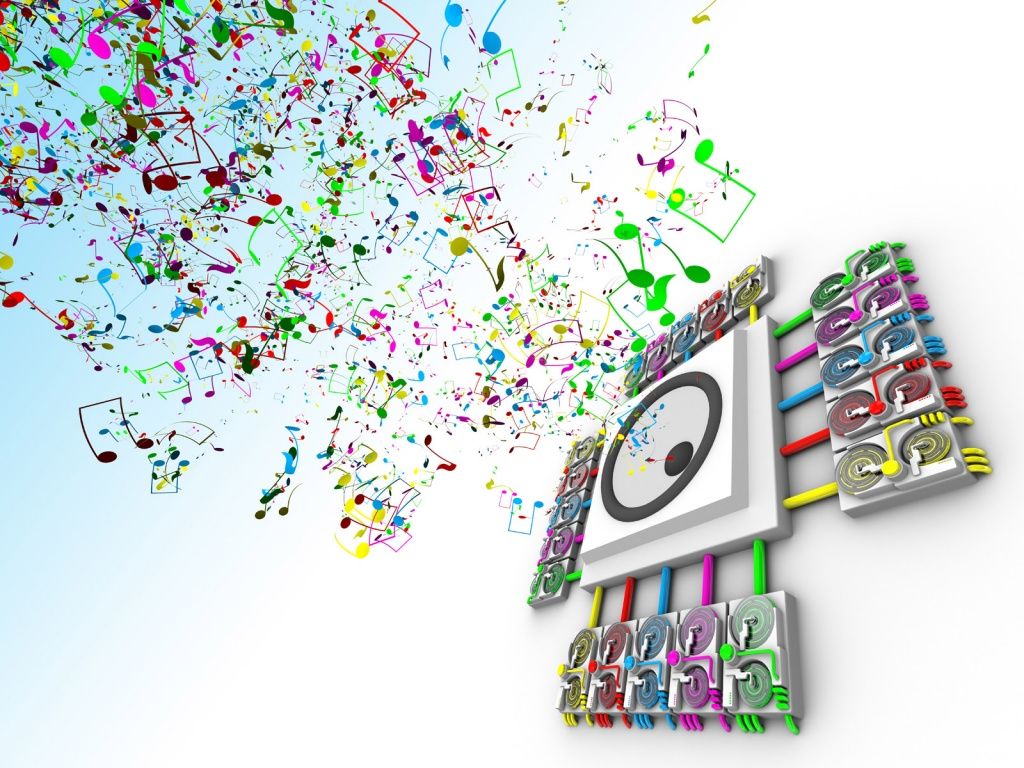The iPod is a good example of an MP3 player. They’re about the size of a deck of cards and just a little heavier, but they can hold thousands of songs, pictures, and movies, making them perfect for traveling. About 500 CDs may be stored on a 20GB (gigabyte) iPod, which is a lot more than you can carry in your pocket!
These days, users from all over the world and especially from Indonesia can simply choose the ‘download free mp3 songs (download lagu mp3 gratis) option because of the accessibility.
Audio files in the MP3 format-
The MP3 files you store on an MP3 player give it its name. The way we have seen Microsoft word uses the DOC files and Adobe Acrobat uses PDF files to store printed documents, so too does MP3 utilize a specific file format for storing music.
Put it this way: Think of MP3s as digital audio files, and an MP3 player as an audiophile-grade computer designed only for playing back digital audio files.
Sampling-
Digital technology, such as MP3, allows you to preserve sounds numerically rather than visually. A few older music formats still utilize analog technology, such as vinyl LPs and cassette cassettes. This implies that music was kept as a physical or magnetic representation of the actual sound, and no numbers were used in the process of storing it.
In order to store a sound twice as loud as usual, a groove on a plastic record was made twice as deep as usual, thus the recorded information was a true “analog” of the original sound.
As a kid, the chances are that you learnt to play a simpler keyboard instrument like the xylophone or piano, which had numbers attached to the keys or bells. Those who are not familiar with the way to read music, they might have generated each note by pressing the key or bell that corresponded with the appropriate number on the list.
What does MP3 stand for and what do you know about it?


